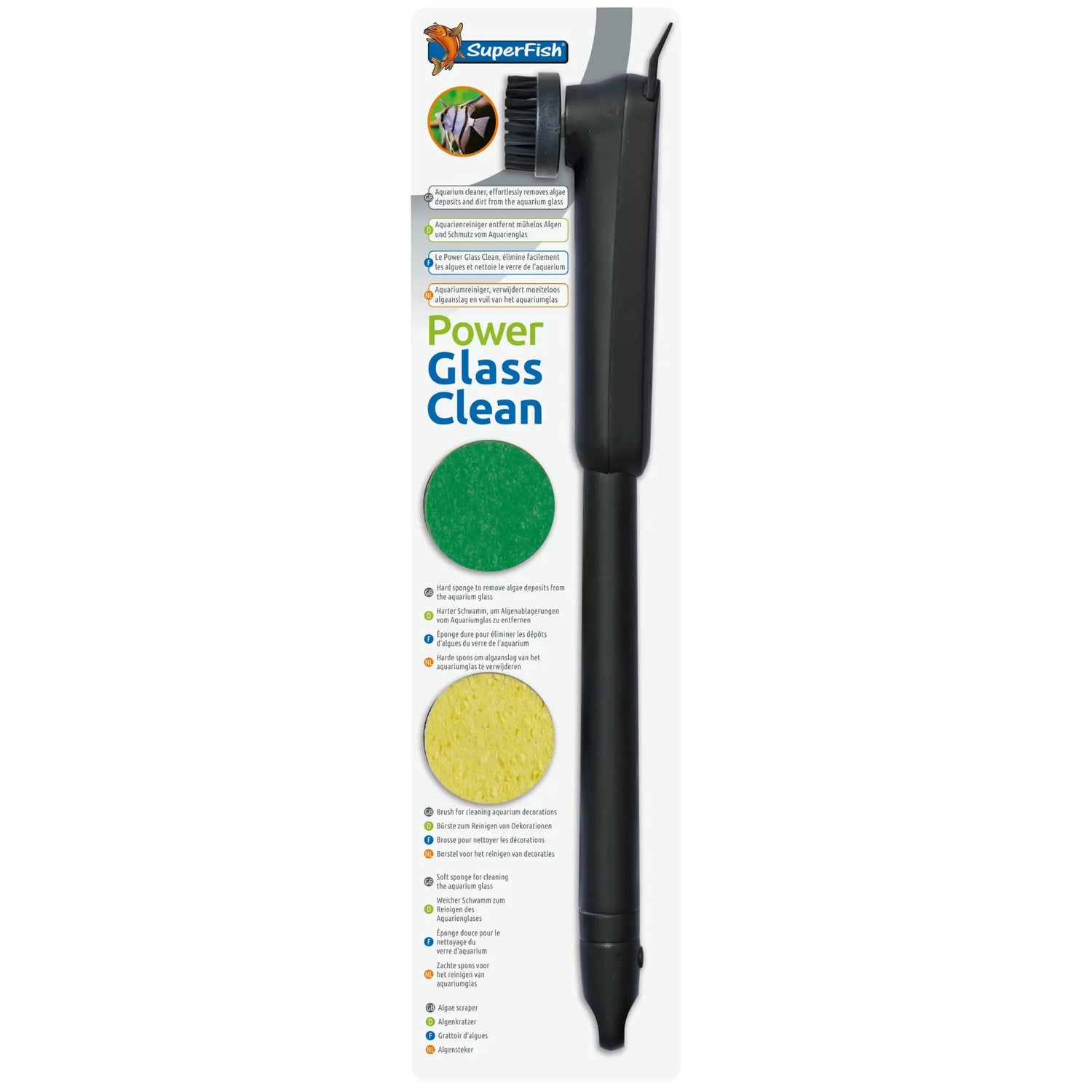If you're running a high tech CO2 tank, this means you already have pressurised gas. Your choice so far has been excellent because the merits of running CO2 far outweigh the negatives, particularly if you are after lushous plant growth. Plants really need CO2 in order to flourish.
But not everyone who runs CO2 actually has a solenoid valve.This always puzzles me because of the amount of gas wasted in money could easily be retrieved by investing in a solenoid.
If you're wondering what a solenoid valve does, it allows gas to flow, or not to flow through it. A fairly straight forward piece of equipment that can be used with any CO2 system. When using a solenoid valve, the most common way of using it is plugging it into the timer which your lights use. The reason for this is quite simple:
your plants don't use CO2 when the lighting is off...
So why waste it? Some hobbyists will run it 24/7 to avoid certain plants from melting like crytps but I've never encountered these sort of problems and as a result can't see the reasoning for it. In addition running CO2 all day and all night can cause fish severe problems if your plants are not producing enough O2 during daylight hours. The excess CO2 can make your fish suffocate (I have seen this before).
How to fit: A solenoid valve fits inline so the set up would be simple if you were considering improving your system. CO2 tubing which currently comes from your regulator would fit into your new solenoid and be secured safely. Then, attach a new piece of tubing to the opposite side of your solenoid attach a non return valve and then further down the line, your CO2 diffuser. The solenoid has a plug attached to that and when the power is on, gas is allowed to freely pass through the solenoid and when it's turned off (at night) the valve shuts and gas cannot pass though (therefore saving your fish and saving wasted gas).
That's all there is to it. A very simple and effective improvement to any existing CO2 system. We have a wide range of solenoids on the website.





